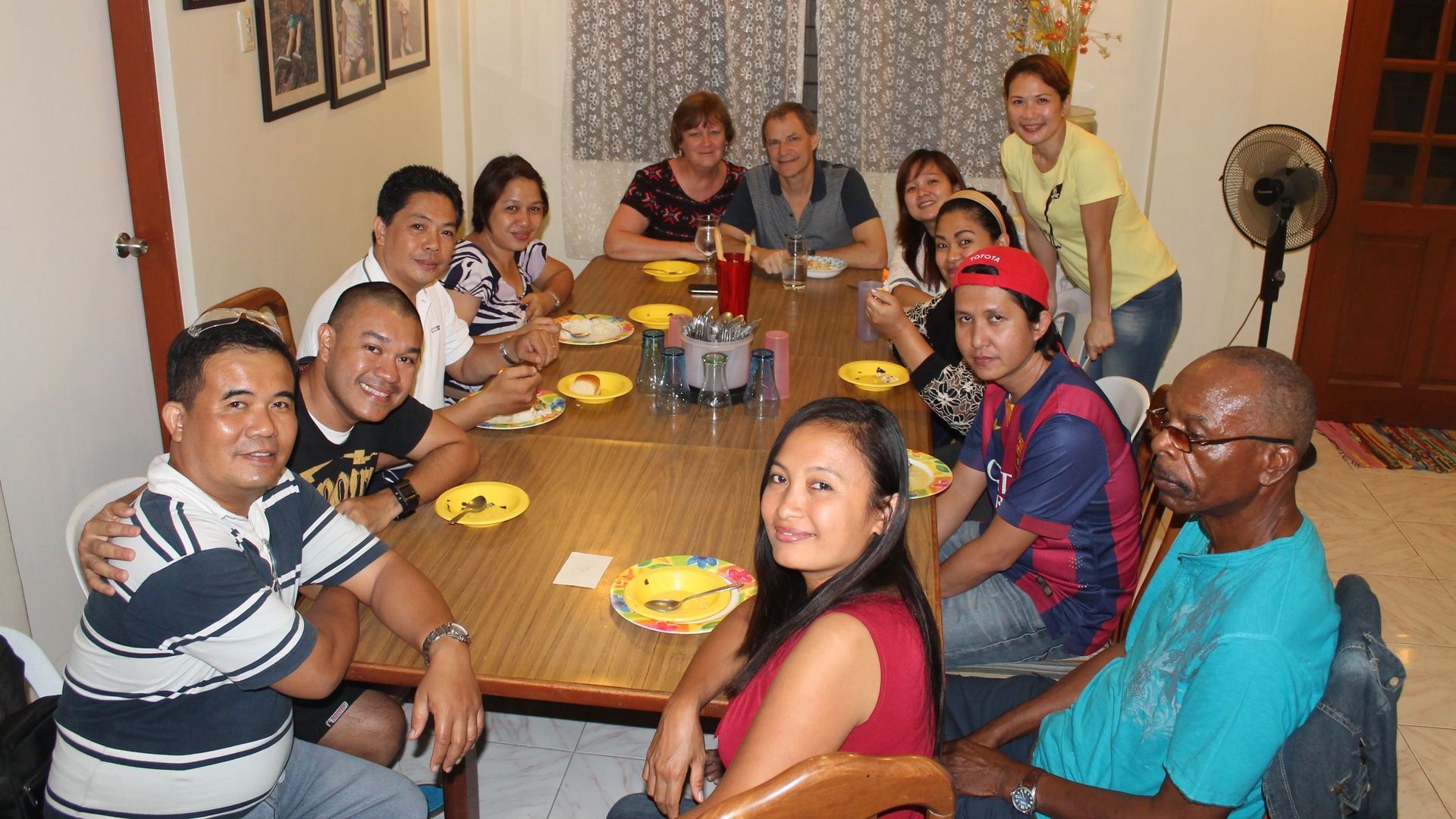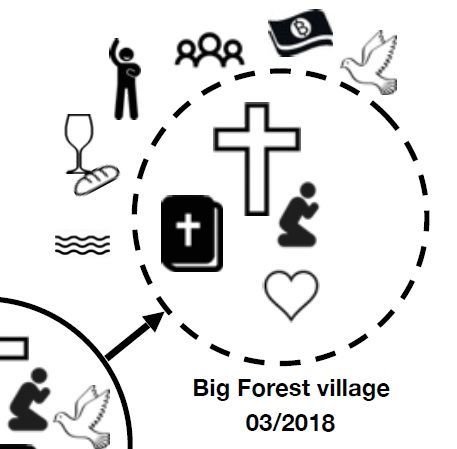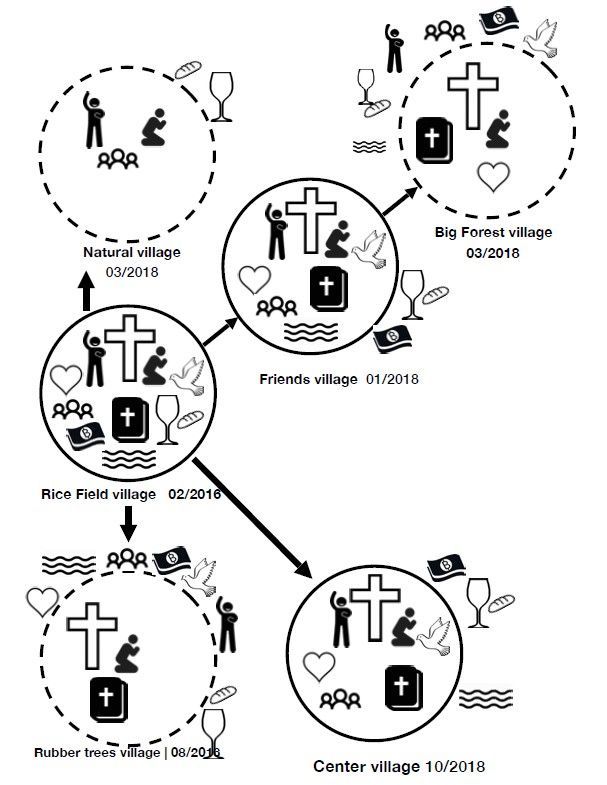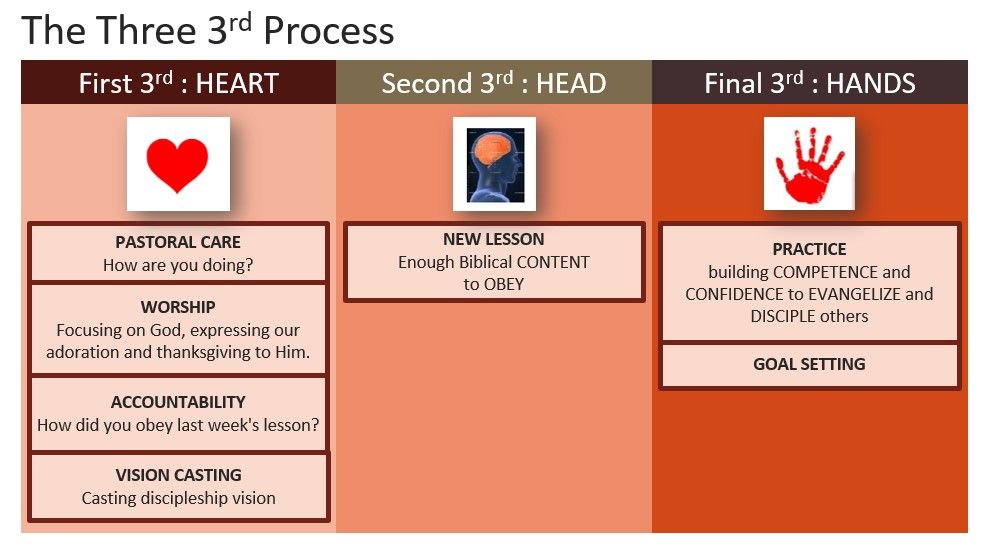What does a healthy house church look like?
What are the elements of a healthy house church that would indicate to you that it will continue on and grow and multiply without you being present at the meetings?
Exit Planning
In our last few blogs, we have discussed how it can be helpful to us to envision the time when we are no longer needed in a church plant. We try to describe the functions and qualities that we would like to see in place and locally led, so that we can confidently move on and focus elsewhere. We called this an “Exit Plan” or a “Transition Plan.” Some may want to call it a “Church Health Plan” or “End Visioning.”
As cross-cultural workers, we are always aware that we have been called to continually introduce the Kingdom of God to new areas. It’s in our hearts to see the church established in areas and among people who were formerly in spiritual darkness. We want the new believers from the new places and cultures to gather and grow in order to shine for Christ in their own cultures independent of us. When that is happening, we know we can transition out and focus on repeating that process elsewhere. Or we can transition to a role of equipping them to repeat the process again in new locations.
Exit Planning for House Churches
But what would a healthy house church look like that would make us confident that it can function as a healthy church community without our presence?
Can you describe what it is you are working to establish?
What functions would you want to be present independent of the church planter?
We looked in our last post at an Exit Plan from a larger, urban church-plant (Examples of Exit Plans for Church Planters: An Urban Church Plant (goandplant.com). Today we would like to see what some church planters are using to “work themselves out of a job”, or into a new role of equipping, in places where planting house churches is a good approach.
Church Mapping
As small groups of new believers develop, many times it is not helpful to have outsiders coming in to lead and to teach since it draws the attention of the local power brokers and resistant religious groups. So, in order to enable the new groups to function as churches on their own, the church planters will quickly work to teach and to equip the new local believers to carry on the essential functions of a church on their own. Very often they will use what is known as
“Church Mapping.”
“
The Bare Essentials of Helping Groups Become Churches ” is an article in Mission Frontiers Magazine written by Steve Smith. Here is an excerpt of what he says could be done using a discovery Bible study from Acts 2 with the newly forming group of believers.
“The ‘church lesson’ done with the new believers makes the following application: (have them do this with their current BS groups or churches)
On a blank paper, draw a
dotted line circle representing your own group. Above it,
list 3 numbers: the number regularly attending (stick figure), the number believing in Jesus (cross) and the number baptized after believing (water).















